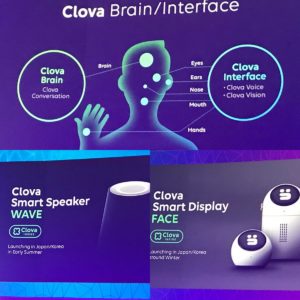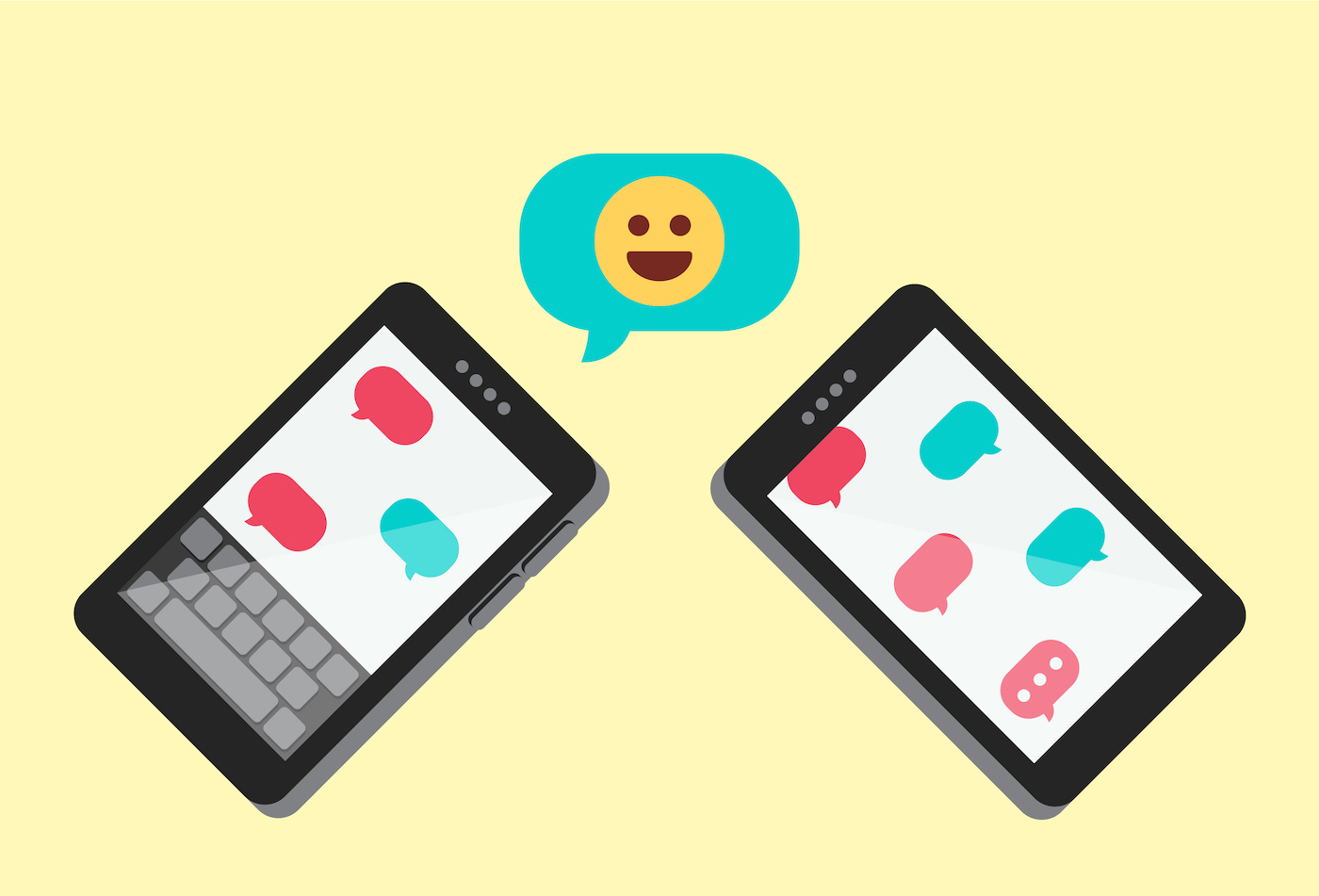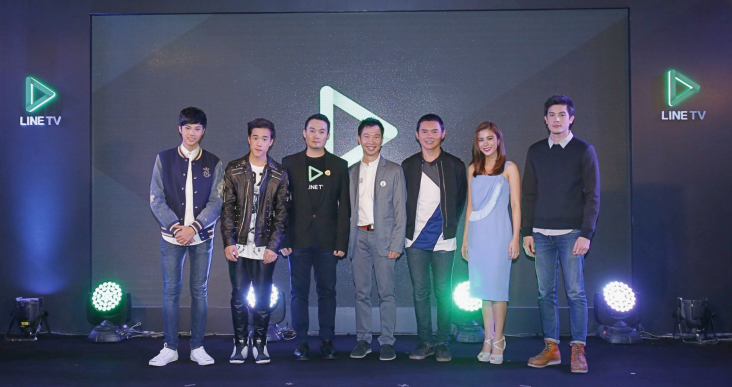What Happened
Line, Japan’s leading messaging app with over 217 million users, is working with Naver, South Korea’s biggest internet portal, to launch an intelligent voice assistant service named Clova to serve the East Asian markets.
Line’s CEO Takeshi Idezawa took the stage at a press event at the Mobile World Congress today to announce its plan to launch Clova, which will be accessible via a mobile app, a smart speaker WAVE, and a smart display device FACE. The Clova app is set to launch in Japan and South Korea this spring, with WAVE coming out in early summer and WAVE launching later this year. The company plans to roll out Clova products in other core markets such as Thailand and Indonesia later this year as well.
Leveraging Naver’s search technology and data and combining it with Line’s own user data and communication technology, Clova will able to offer precise, personalized answers to user’s voice commands, adopting local languages, content, and services to better serve its users.
In addition, Line is also in talks with the several companies including Sony and LG to integrate Clova into more consumer gadgets and connected devices, such as a Sony connected headphone, LG connected home appliances, connected toys from Takara Tomy, and even a holographic home robot called Winkle Gatebox that will serve an anthropomorphic visual component for Clova.
What Brands Need To Do
During the keynote presentation, Idezawa acknowledged that the goal behind launching Clova is to bring artificial intelligence technology to consumer gadgets and smart home devices so as to establish Clova as a local competitor to Amazon’s Alexa and Google Assistant in the Asian markets. This major launch also marks another major tech player entering the battleground for consumer attention with a voice assistant service as non-mobile-centric digital interactions start to emerge and pull the focus off smartphones.
As this trend continues to develop, voice-based conversational services stand to quickly gain more ground in the next few years. Therefore, It is up to brands to start working with developers to figure out their brand voice and incorporate conversational tools into their marketing efforts. Even brands that won’t embed voice into their own product experiences should still look to capitalize on the opportunity by offering complementary services to add value.
How We Can Help
The Lab has extensive experience in building Alexa Skills and chatbots to reach consumers on conversational interfaces. So much so that we’ve built a dedicated conversational practice called Dialogue. The “Miller Time” Alexa Skill we developed with Drizly for Miller Lite is a good example of how Dialogue can help brands build a conversational customer experience, supercharged by our stack of technology partners with best-in-class solutions and an insights engine that extracts business intelligence from conversational data.
If you’d like to learn more about how to effectively reach consumers on conversational interfaces, or to leverage the Lab’s expertise to take on related client opportunities within the IPG Mediabrands, please contact our Client Services Director Samantha Holland ([email protected]) to schedule a visit to the Lab.





